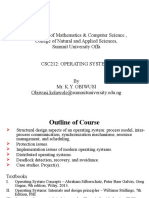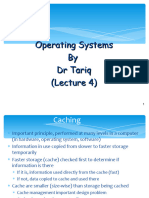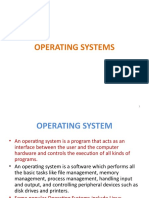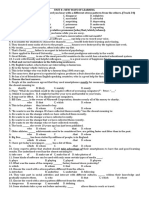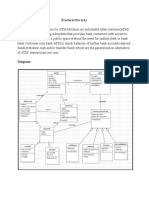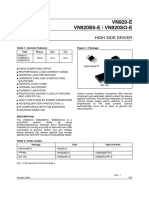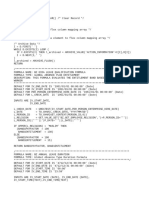0% found this document useful (0 votes)
11 views7 pagesHCL Interiew Practice
An Operating System (OS) is essential system software that serves as an interface between users and computer hardware, managing resources and processes. Popular OS examples include Windows, macOS, and Linux, with Linux standing out for its open-source nature and stability. The document also covers various OS concepts such as process management, memory management, deadlocks, file systems, and cloud computing.
Uploaded by
Durai RajCopyright
© © All Rights Reserved
We take content rights seriously. If you suspect this is your content, claim it here.
Available Formats
Download as DOCX, PDF, TXT or read online on Scribd
0% found this document useful (0 votes)
11 views7 pagesHCL Interiew Practice
An Operating System (OS) is essential system software that serves as an interface between users and computer hardware, managing resources and processes. Popular OS examples include Windows, macOS, and Linux, with Linux standing out for its open-source nature and stability. The document also covers various OS concepts such as process management, memory management, deadlocks, file systems, and cloud computing.
Uploaded by
Durai RajCopyright
© © All Rights Reserved
We take content rights seriously. If you suspect this is your content, claim it here.
Available Formats
Download as DOCX, PDF, TXT or read online on Scribd
/ 7






